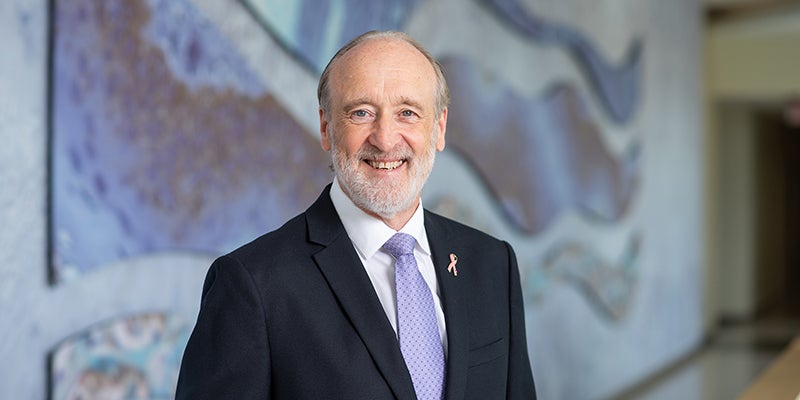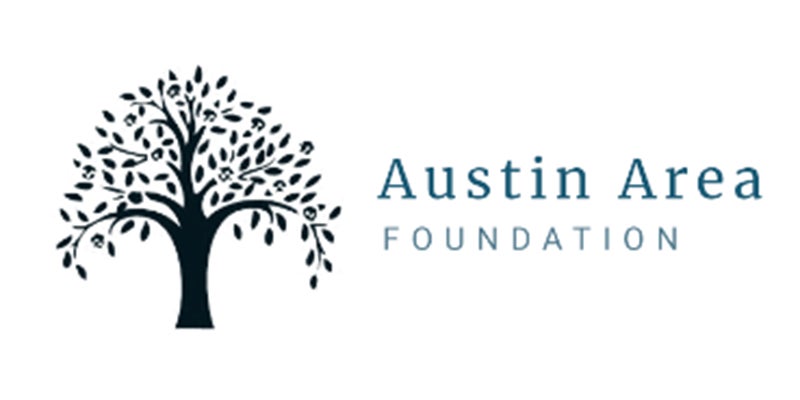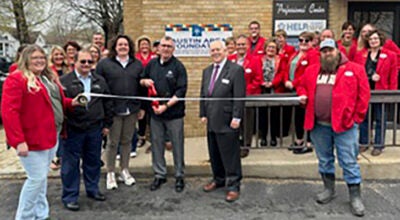Groups call on governor to support transformational funding for water, wastewater infrastructure
Published 6:55 pm Friday, March 18, 2022
|
Getting your Trinity Audio player ready...
|
With cities across the state facing billions of dollars in costs to upgrade water and wastewater infrastructure to replace aging equipment and comply with new regulations, the Coalition of Greater Minnesota Cities (CGMC), Conservation Minnesota, IUOE Local 49, and LIUNA Minnesota an North Dakota held a press conference earlier this week to call on the state to play a larger role in tackling Minnesota’s clean water funding crisis.
“The organizations assembled here today represent a coalition of local governments, environmental advocates, and labor who have joined together to urge the Legislature to seize the moment and pass an ambitious and transformational package of water and wastewater infrastructure funding,” said CGMC Executive Director Bradley Peterson during a press conference Wednesday.
Peterson and other leaders joined together at the Capitol to ask the Legislature to support two bills that aim to address the massive expenses being piled on communities across the state to repair aging water treatment infrastructure and map and replace lead pipes.
The first bill, HF3858/SF3545 authored by Rep. Liz Boldon (DFL-Rochester) and Sen. Andrew Lang (R-Olivia), allocates $299 million in state bonding for grant and loan programs administered by the Public Facilities Authority (PFA).
“We know that pollutants like nitrate, PFAS, and sulfate are increasingly challenging for drinking water and wastewater operators to manage,” said Conservation Minnesota Executive Director Paul Austin. “This expanded funding can ensure that communities have safe water to drink; and the lakes and rivers, and streams Minnesotans love are safe for swimming and fishing.”
More than 200 cities are currently planning for upcoming water and wastewater infrastructure projects, and the Minnesota Pollution Control Agency (MPCA) estimates it will cost $12.3 billion statewide over the next 20 years to keep up with need. The growing need equates to more cities vying for the limited pool of state dollars.
Austin is one of those communities and needs to undergo a project that is estimated to cost $86.2 million. Without state help, the local ratepayers will have to bear the full cost burden. From 2018 to 2023, Austin residents will have seen a 75 percent increase on their wastewater rates.
“The proposed legislation would help cities across Minnesota, like Austin, facing expensive infrastructure projects in dire need of state support,” said Austin Mayor Steve King.
“Cities like Austin play an essential role in making sure Minnesota’s water is clean through our wastewater, stormwater, and drinking water systems,” King said. “As those systems age and new regulations are added, it becomes very expensive for our cities, which is why we need legislation like this to help cities build and upgrade our water infrastructure.”
Because aging water and wastewater infrastructure is an ongoing statewide crisis, the proposed legislation also requests an ongoing $80 million per biennium from the General Fund, $75 million for Point Source Implementation Grant Program and $5 million per biennium for technical assistance grants.
The second bill the group asked the legislature to pass, HF4115/SFXXX authored by Rep. Sydney Jordan (DFL-Minneapolis) and Sen. David Senjem (R-Rochester), aims to map and replace all residential lead service lines by 2032 and provide the funding to make that possible. The bill would provide $10 million in grants for cities to map and inventory lead service lines across Minnesota and $30 million per year for 10 years to replace those lines.
“For decades we have known that thousands of Minnesotan households have lead pipes delivering drinking water to their homes,” said Conservation Minnesota Executive Director Paul Austin. “This is a threat to the health and development of children living in these homes.”
According to a recent report from the Minnesota Department of Health, there are an estimated 100,000 to 260,000 lead lines currently delivering drinking water to homes in Minnesota. While federal resources are available to fund mapping and replacement costs, it will not be enough to cover the total cost. Additionally, some federal resources are only available as loans, which many communities and residents cannot afford.
“As we know, there is no safe level of lead drinking water,” Peterson said. “There is no excuse, given the resources available, to allow our most basic infrastructure to continue to be a danger to the health of our state’s residents.”
These projects will also boost local economies with the creation of thousands of construction jobs across the state. A study from the United Association of Union Plumbers and Pipefitters estimates replacing lead service pipes in Minnesota will create around 2,400 jobs annually over 10 years.
“Transformational investment in our water infrastructure will multiply career opportunities and training for local workers and build momentum to bring more women, veterans, and people of color into the construction industry,” said Joel Smith, President and Business Manager of LIUNA Minnesota and North Dakota. “LIUNA members are skilled in lead service line replacement, and we take pride in working to help our own communities address drinking water needs and have worked on lead pipe replacements statewide. Our members will be excited to use their skills to do this work and help protect the water and health of our communities, lakes, and rivers.”
In addition to their two main bills, the group asked the state to include bonding funding for stormwater infrastructure, capital improvements to public infrastructure to mitigate inflow and infiltration, and individual municipal water and wastewater projects not adequately addressed by current grant and loan programs.
Without meaningful state investment, Minnesota water systems will continue to fall into disrepair, adding to the financial burden on communities, while jeopardizing our health and water resources. With a projected surplus of $9.3 billion, now is the time to make a transformational investment in our water infrastructure.
As Conservation Minnesota Executive Director Paul Austin said, “What could be more important than having safe, clean water?”




